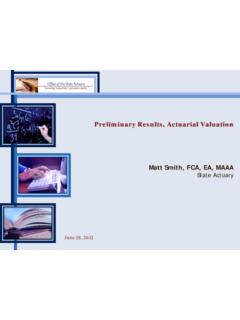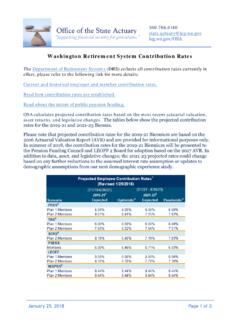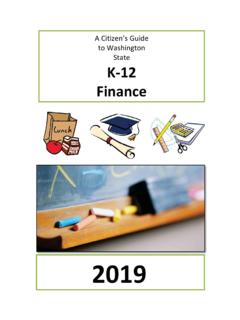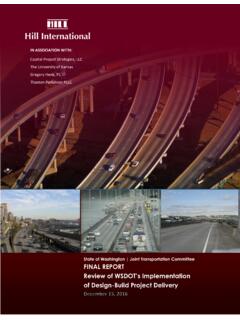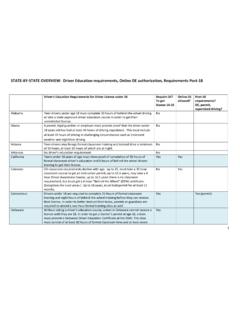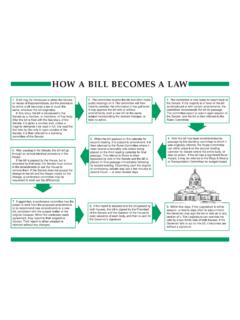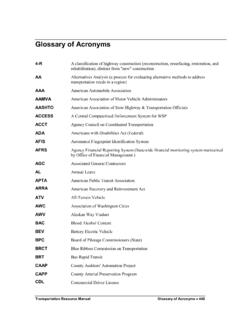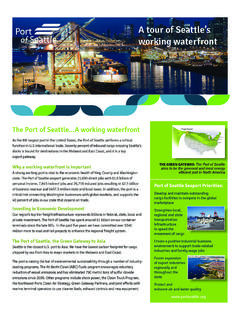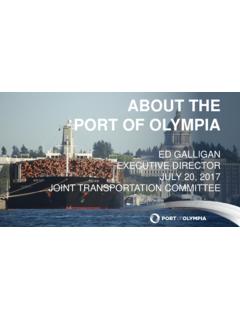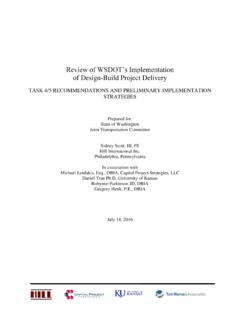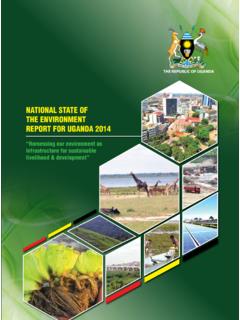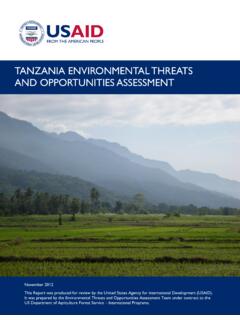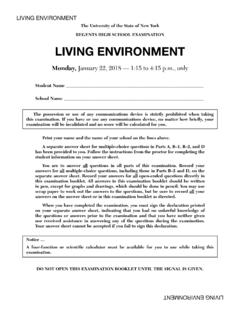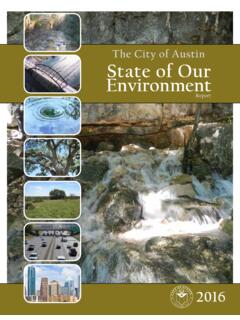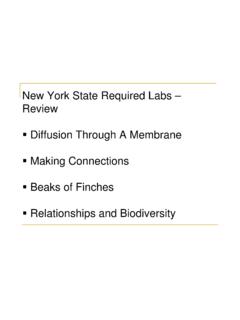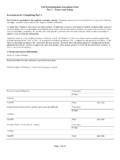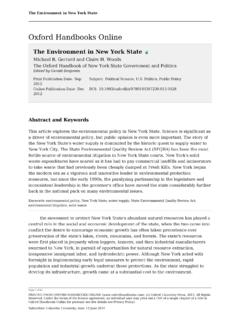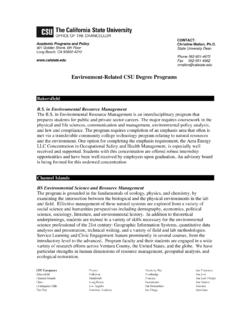Transcription of Alternative Learning Experience (ALE) Programs
1 Alternative Learning Experience (ALE) Programs 2011 Interim Staff: Juliana Roe, Senate Early Learning & K-12 Education Committee (360-786-7438). Elise Greef, Senate Ways & Means Committee (360-786-7708). Interim Work Plan: Alternative Learning Experience (ALE) Programs are education delivery or instructional Programs that often include online Learning . It has been suggested that ALE funding levels should be reduced by eliminating money that would go to traditional brick and mortar school jobs such as secretaries, janitors, building and grounds staff, and security guards. However, many ALE Programs operate out of a building at which students attend classes, labs, meetings with teachers, and study halls. Staff will research the different types of ALE Programs and draft legislation that separates ALE Programs that use brick and mortar from those that are primarily online Programs . Background Alternative Learning Experience (ALE) Programs unlike traditional public school Programs .
2 Are not constrained to a classroom setting or class schedule. The requirements and expectations of ALE courses are detailed in a written student Learning plan developed and supervised by a public school teacher. ALE Programs may include some direct instruction. Alternative Learning Experience program enrollment has increased significantly since 2005. In the last four years, ALE enrollments have increased by 85 percent. For the 2010-11 school year, ALE enrollment totaled approximately 35,700 student Full Time Equivalents (FTEs), as of June 2011. This translates to state expenditures of approximately $175 million per year or $350. million per biennium. Although updated ALE counts will not be available until December 2011, it is likely that enrollment for the 2011-12 school year is down several thousand student FTEs from the previous school year. Legislation Enacted in the 2011 Session Prior to 2011, basic requirements for ALE Programs , as noted above, included: individualized, written, student Learning plans developed and overseen by Certificated Instructional Staff (CIS).
3 Weekly student/teacher contact which was not required to be synchronous and had no minimum time requirement; compliance with statewide student assessments; and adherence to district-approved curricula. Page 1 of 10. In Engrossed Substitute House Bill (ESHB) 2065 ( Alternative Learning Students - Funding), 1. enacted in 2011, the Legislature reexamined and reconsidered ALE Programs . In the bill, the Legislature: Considers the method by which the state funds ALE Programs ;. Concludes that no legal obligation exists to provide basic instruction using any particular delivery method or program;. Prohibits the use of parent stipends in ALE Programs . However, it allows districts to continue to purchase materials in a student Learning plan so long as the materials remain the property of the district;. Requires school districts that purchase or contact for instructional or co-curricular experiences or services that are included in an ALE written Learning plan make available substantially similar experiences or services to students in the district's regular instructional program.
4 Requires that the Office of the Superintendent of Public Instruction (OSPI) approve multi-district online course and program providers, as well as individual school district Programs , beginning in the 2013-14 school year;. Clarifies the definitions for "online course" and "online school program";. Reduces funding by an aggregate amount of 15 percent for ALE Programs for the 2011- 12 and 2012-13 school years;. Requires OSPI to determine the methodology used to achieve the savings, using specified criteria, so long as no particular ALE program receives less than 10 percent reduction or more than 20 percent reduction in funding;. Exempts school districts from minimum staffing requirements for CIS for that portion of the student population participating in ALE Programs ;. Provides definitions for ALE Programs . ALE Programs are defined as those that: Can be held in whole or in part outside of the classroom setting;. Are supervised by a certificated teacher from within the student's district or under contract with the district; and Follow a written Learning plan pursuant to district policy and rule created by OSPI; and Provides that ALE Programs can be separated into three broad categories: Online Programs , defined under current law.
5 Programs with significant participation and partnership with parents; and Contract-based Learning Programs . Primary Categories of ALE Programs Brief descriptions follow of the three broad categories of ALE Programs called out in ESHB 2065: online/digital Learning , parent-partnership Programs (PPPs), and contract-based Learning : 1. Chapter 34, 2011 Laws 1st Special Session Page 2 of 10. Online/Digital Learning Programs This model is delivered to students primarily electronically, using the internet or other computer-based methods. In the 2010-11 school year, approximately 26 percent of ALE student FTEs were in online/digital Programs . An "online course" is one in which more than half the course content is delivered electronically, and more than half the teaching is conducted from a remote location. An "online school program" is one that: delivers courses or grade-level coursework primarily electronically; offers a sequential set of online courses or grade-level coursework that may be taken in a single school term or throughout the school year to provide a full-time basic education program if so desired by the student; is taught by a teacher primarily from a remote location; and has an online component with online lessons and tools.
6 Students enrolled in an online program may have access to the teacher synchronously, asynchronously, or Online/digital ALE students often enroll as non-resident students in geographically removed school districts that offer virtual Programs . Many traditional public school students might make use of online or computer-based resources during a standard on-site program of education. Online Learning becomes ALE only when the student is engaged in Learning away from school, and the school district is using the time the student engages in this away-from-school Learning as part of the FTE claimed for basic education apportionment. Online ALE Programs must meet requirements set in statute and rule. For example, state law requires that a certificated teacher supervise, monitor, assess, and evaluate his or her students. Each student must have a Learning plan that includes a description of the course objectives and requirements to successfully complete the program. Districts are required to: (1) use reliable methods to ensure that students are doing their own work, and (2) must annually assess students using the state assessment for the student's grade level.
7 Students must have direct personal contact with the teacher at least weekly, although the length of contact is not specified by statute and the contact need not be in "real time." Districts must report annually regarding the types of Programs and courses offered, numbers of students participating, participating students' districts of physical residence, and the ratio of CIS to students. 3. Multi-district online course and program providers, as well as individual school district Programs , must be approved by the Digital Learning Department (DLD) within OSPI. Currently, multi-district online Programs ( Programs that offer online courses in more than one district). must be approved by DLD. However, ESHB 2065 requires that all online Programs must be approved by the DLD beginning in the 2013-14 school year. 2. RCW , "Defining full-time equivalent student Students receiving instruction through Alternative Learning Experience online Programs Requirements," and RCW , "Definitions.
8 ". 3. RCW , "Defining full-time equivalent student Students receiving instruction through Alternative Learning Experience online Programs Requirements.". Page 3 of 10. Parent Partnership Programs Parent partnership Programs (PPPs) are distinguished by significant participation and partnership by parents and families in the design and implementation of a student's Learning Experience . Usually, the parent or guardian is the primary instructor. Although not home-based instruction (homeschooling), the model often follows a similar format. In the 2010-11 school year, approximately 40 percent of ALE student FTEs were in PPPs. State law makes a distinction between ALE Programs and home-based instruction. Many students in PPPs may have been receiving home-based instruction prior to enrolling in the ALE. program. However, ALE Programs are subject to public school district oversight and rules, including those governing curriculum approval and testing. In contrast, home-based instruction is not subject to public school district rules; rather, it is the parents' responsibility to oversee students' education and progress.
9 School districts are required to provide parents a written description of the difference between ALE Programs and home-based instruction. Parents must sign this document which must be retained for audit. Contract-Based Learning Programs Contract-based Learning is usually limited to secondary students, and is often used for credit retrieval or credit acceleration. The term "contract-based" refers to the Learning contract or Learning plan between the teacher and the student. (The name is sometimes thought to mean the program of education is delivered by a contractor; but any of the three types of ALE. Programs can be delivered by the school district itself or by way of a contractor.) In the 2010-11. school year, approximately 34 percent of ALE student FTEs were in Contract-Based Programs . Contract-based ALE Programs are not specifically defined in statute. Many Alternative middle and high schools offer some form of contract-based Learning , as do a smaller number of comprehensive high schools.
10 However, not all Alternative high schools are ALE Programs . Many contract-based Programs offer flexibly structured Programs for students not succeeding in a general education high school format. Students served through contract-based Programs include: credit-recovery students; gifted students; at-risk students (potential drop-outs due to low grades, erratic attendance, or insufficient credit earnings; students working to support themselves who often have scheduling challenges; reentry students who have dropped out and are reentering public school; students with low academic performance or ability who require remedial academic work); or transition students (students with individual education plans who have behavioral issues and have difficulty transitioning back to traditional classroom settings;. students transitioning back to public school from non-school education Programs such as in drug rehabilitation, juvenile detention, or hospitals). Page 4 of 10. ALE Student Enrollments (FTEs) 35,689.
